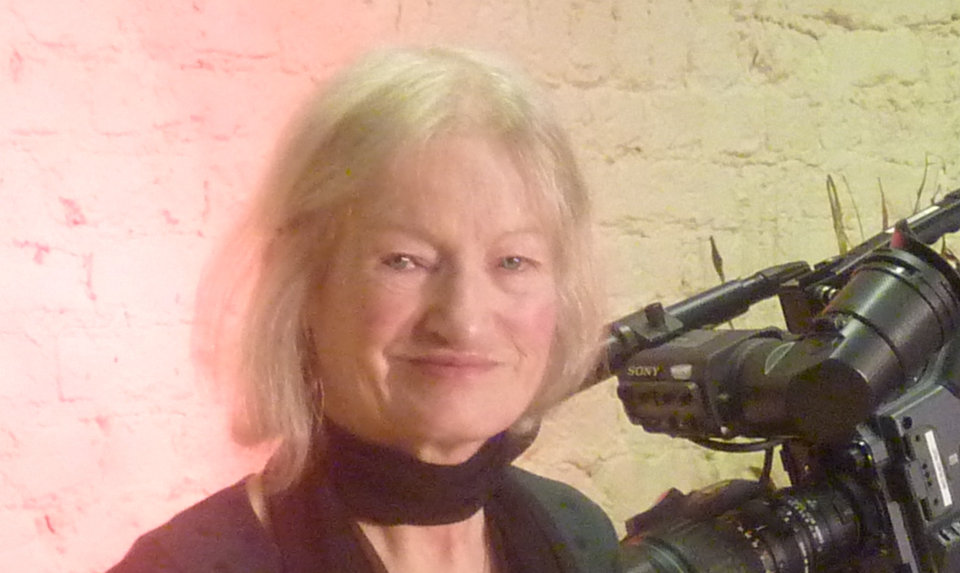Bernard Conlon talks to retired lecturer, historian and writer Jonathan Bardon.
Jonathan Bardon was born in December 1941 in south Dublin into a middle class Protestant family.
He recalls memories of austerity, bicycling and fishing from his childhood. “The bicycle was the great machine giving you freedom in the 1940s and 1950s. I cycled everywhere, immense distances”
Jonathan tells of how he was taught to speak Irish at school with a dialect that is no longer spoken.
As a young boy he was deeply religious but as he got older, his religious faith began to wane.
“I would say about the age of 15 or 16 I stopped believing. It just began to feel to me to be a lot of nonsense, and yet at the same time I would still be going to my Church of Ireland church because all my friends were there. The church ran dances; in fact I actually helped to run dances myself. The Church of Ireland, Protestantism in Dublin, at the time was very genteel, liberal non threatening, very middle class”
At the age of 17 in 1959 he went to Trinity College Dublin to study history. It was here he made friends with students coming from Northern Ireland. He travelled to Belfast to study at Queens University in 1963 and met many people who would later become involved with the civil rights movement.
“I was sublet a room by Eamonn McCann. I met people who would go on to help form Peoples Democracy. There was intense talk among students at the time, it would lead to the civil rights movement”
The experiences at Trinity and then at Queen’s brought Jonathan into a political environment that was to have an important influence on his life.
Jonathan found out about a history job going at a Belfast school, he recalls the application and interview.
“I remember being asked in the interview, what do you think about the teaching of Irish, and I began to speak quite warmly about my experiences learning Irish and so on. I then saw stony faces all around the interviewing panel, but then I said ‘I don’t approve of Irish being a compulsory subject and their faces all relaxed and I got the job.”
Jonathan taught at Orangefield Boys School in East Belfast between 1964 and 1968.
“It was a wonderful experience for me. There I was suddenly transported to east Belfast. A great many of the boys’ parents worked in the ship yard or in Shorts, even the way that they spoke was new to me, a boy would say, ‘Sir, I forgot my gutties’ and I discovered these were gym shoes”.
“I suppose I found Belfast a far more working class city than Dublin, but that doesn’t mean it was more working class it just simply was that I was teaching working class boys in east Belfast, most of the teachers or a good proportion of them were from working class families”
Jonathan learnt more about the history of Belfast and what he was discovering himself he would teach the pupils.
“The boys often referred to me as the Irish teacher, they often didn’t regard themselves as Irish at all. I began teaching Irish history to them, as well as that I discovered they knew very little about the history of their own city, I didn’t know that much about the history of Belfast either”.
Jonathan went on to teach at what was, at that time, the College of Commerce, and today is Belfast Metropolitan College. He remembers teaching a class one night, and hearing gunfire outside. “The evening supervisor knocked on the door and suggested ‘I think we ought to close down the classes a bit early’
“I remember driving through Shaftesbury Square at about 80 miles per hour”
Despite the conflict and growing sectarianism, Jonathan found that being an Irish speaking Protestant from the Republic of Ireland in Belfast wasn’t problematic
Jonathan’s writing career began when he was asked to write a children’s book on Irish history. His book, Belfast An Illustrated History, was published in 1982 with help from a former student, Henry Bell, who did the picture research.
He would later write a book on the history of Ulster.
“I got the Guardian everyday. I would cut bits out that would keep me up to date on what was actually happening in the Troubles and it became a great project”
“All kinds of slaughter occurred, vicious sectarian conflict that had to be chronicled and weighed up”
Jonathan was asked by Brian Mawhinney, Minister of Education to chair a couple of curriculum committees on Education for Mutual Understanding and cultural heritage. As a result, he was given more time to research the book.
“I was sent to the public record offices on Balmoral Avenue and from dawn to midnight for an entire year I was researching and writing, all of it I must say written with a fountain pen”.
On the role of the historian Jonathan has this to say.
“The historian of course never gets to the absolute truth, the good historian strives to get there all the time.
“People in their late teens and early twenties have no memories of the Troubles, of how vicious they were. We have advanced such a distance since 1994, since 1998, there is a calm here, a peace here, the like of which I really did not experience in my younger teaching career”.




